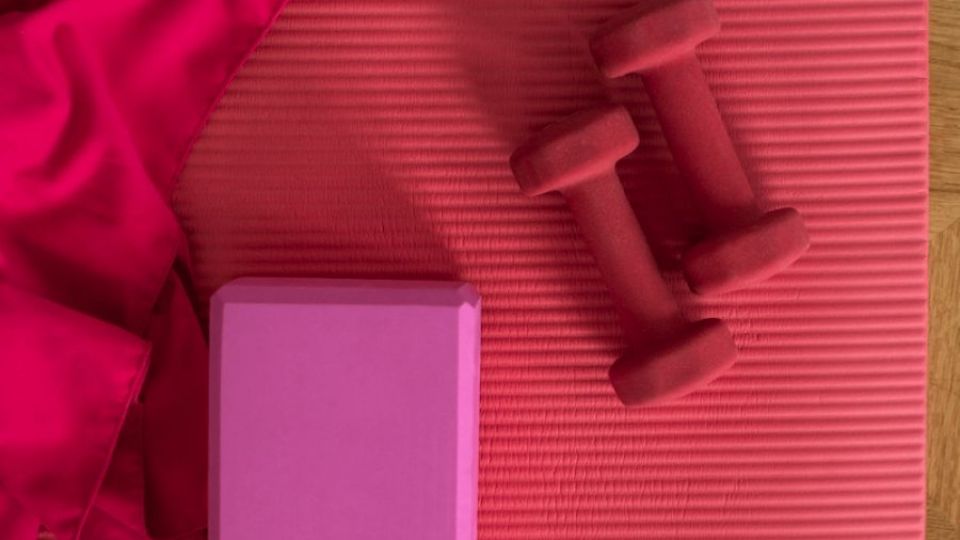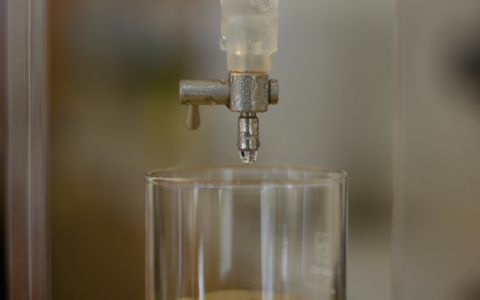About 10% of analyzed products purchased on the European market contained toxic substances. Even banned phthalates were found in 7 out of 82 samples. None of the retailers were able to correctly answer the request about the presence of Substances of Very High Concern (SVHCs) in their products. Either they did not fulfill their legal obligation at all or they relied on incorrect information from the manufacturers (1).
“Follow a few simple recommendations. Before buying a product, scan its barcode with the Scan4chem application, which should immediately inform you about the content of hazardous substances. If there is no information in the app, send the request for information about the SVHCs content to the retailers and producer. Additionally, try to look for ecolabels. Above all, don't buy smelly products, products made of soft plastic, especially PVC, or the cheapest goods made of black plastic,” advises Karolina Brabcova from Arnika, which participated in the tests.
Download the Scan4Chem from Google Play or the App Store for free.
The analyzed articles included gymnastic balls, yoga mats, dumbbells, skipping ropes, swimming utilities, water bottles, or shoes purchased in 13 European countries (2). In total, 82 samples were analysed in an independent German accredited laboratory for the Substances of Very High Concern, like phthalates, flame retardants, heavy metals, or alkyl phenols.
The tests revealed hazardous substances in 10 out of 82 products. DEHP and DIBP softeners were found in 7 products. These phthalates have been banned in the European Union since last year because they disrupt the hormonal and reproductive system in humans. Products containing these substances above 0.1% cannot be placed on the European market since July 2020. But retailers can sell out their stocks. One product purchased in France contained short-chain chlorinated paraffins in concentration of 2.6%. These substances are banned worldwide in concentrations as low as 0.15% due to its harmto the environment as well as human health.
8 samples were purchased on the Czech market in sport retailer chains Decathlon, Intersport and Sportisimo. The overball bought at Sportisimo contained extremely high concentrations of banned DIBP phthalate, which the retailer have had manufactured in China. The RAVI yoga mat from LOAP contained a slightly increased concentration of the ADCA allergen used in synthetic foam materials. After communicating the analysis results to the manufacturer, LOAP requested an explanation from the supplier and asked for ensuring better material quality. No harmful substances were found in other 6 products purchased on the Czech market.
Retailers were asked about the content of toxic substances in all products in accordance with Article 33 of the European REACH regulation. Only 44% of them answered, several of them incorrectly stating that there are no SVHCs in their products. However, it is a question of how much it is their fault.
European manufacturers and distributors including Czech companies often work toward phasing out toxic substances. Their efforts have limited success. They do not have sufficient funds to analyze their products for chemical safety, they rely therefore on information from their suppliers. Suppliers often provide insufficient information or do not respond at all. The retailers then cannot provide consumers with correct information and comply with the REACH regulation. In comparison with global players, small companies have negotiation disadvantages while demanding better environmental performance and SVHC-free materials supplied by non-EU manufacturers from China and South-East Asia as it is not a legal obligation to sell only SVHC-free products on the EU market but only to communicate its presence to the customers.
The solution lies in speeding up the restriction process and banning SVHCs in all consumer products ideally in chemical groups with similar structure and toxicity and in all non-essential uses. These SVHC substances were included in the candidate list of REACH regulation for its toxic effects on health and environment. Unfortunately, the restriction process is too slow - banning the 4 most toxic phthalates lasted for over 20 years! The European Commission Green Deal commitment includes speeding up the restriction process. Let's hope for finally implementing it faster and more effectively!
Scan4Chem, Scan for Change!
|
Analyzed substance groups |
Specific substances |
|
Phthalates |
DEHP, BBP, DHNUP, DIHP, DMEP, DBP, DIBP, DPENP, DiPP, |
|
Chlorinated paraffins |
SCCPs (short-chain chlorinated paraffins) |
|
Alkylphenols |
Octylphenol, nonylphenol, tris(nonylphenyl)phosphate |
|
Flame retardants |
Deca-BDE, HBCDD, TXP, TCEP2 |
|
Heavy metals |
lead, cadmium |
|
Other |
ADCA (azodicarbonamide) |
Test results: goods not for sale on the EU market or goods subject to the obligation to provide information on SVHC under REACH
|
Product |
Analyzed substances percentage by weight |
Country |
|
Overball |
DIBP 35%; MCCP 0.69% |
Czech Republic |
|
Yoga mat |
ADCA 0.22% |
Czech Republic |
|
Skipping rope |
DEHP 24%; SCCP 2.6%;MCCP* 3.4%; |
France |
|
Silicone swimming cap |
DEHP 0.12%; MCCP* 0.13% |
Lithuania |
|
Pilates ball |
DIBP 41% |
Luxembourg |
|
Tennis ball |
ADCA 0.48% |
Luxembourg |
|
Pilates balance pillow |
DIBP 15% |
Germany |
|
Boxing gloves |
DEHP 2.9%; DIBP 0.13%; DINP** 11% |
Serbia |
|
Dumbbell |
DEHP 0,61% |
Sweden |
|
Waterproof backpack |
DINP** 26% - DINP phthalate is not an SVHC substance, |
Greece |
(1) If, according to the European legislation on the restriction of chemicals REACH, the products contain SVHC in a concentration above 0.1% by weight, the manufacturer or retailer is obliged to provide this information to the consumer upon request.
(2) More about the AskReach project: http://www.askreach.eu/
The project "Enabling REACH consumer information rights on chemicals in articles by IT-tools" is funded by the EU LIFE program (No. LIFE16 GIE / DE / 000738) and the capital city Prague and the project "Fragen Sie REACH" Deutsche Bundesstiftung Umwelt. Published information may not reflect the views of donors.







